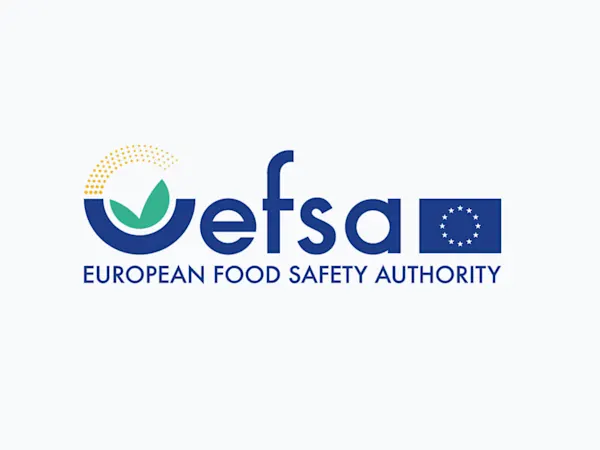
EFSA Seeks Feedback on Overhaul of Weight of Evidence and Biological Relevance Guidance
EFSA launches consultation on updating its Weight of Evidence and Biological Relevance guidance, aiming to streamline chemical risk assessment practices.


The European Chemicals Agency’s (ECHA) Committee for Risk Assessment (RAC) has issued a landmark decision, classifying talc (Mg₃H₂(SiO₃)₄) as a Category 1B carcinogen, indicating that it is presumed to cause cancer in humans. This decision comes after RAC's extensive evaluation of a broad range of scientific data, further highlighting the cancer risk associated with talc exposure, particularly through inhalation.
RAC assessed a vast database of information on talc and concluded that there is sufficient evidence that exposure to talc may cause cancer. This conclusion was drawn from limited animal studies, where lung tumors were observed in female rats exposed via inhalation, as well as human studies, which found ovarian tumors in women following genital or perineal use of talc-based products. These findings underscore the potential hazards associated with talc use in various industries, particularly cosmetics, pharmaceuticals, and personal care products.
RAC’s new classification assigns talc the following hazard categories:
While the Netherlands initially proposed a lower classification (Carc. 2), RAC opted for the more stringent Carc. 1B classification, indicating a higher level of concern. However, RAC also considered whether this classification should apply to a specific route of exposure. Under the Classification, Labelling and Packaging (CLP) Regulation, carcinogenic classification applies to all routes of exposure unless it is conclusively proven that other exposure routes do not present the same hazard. In this case, there was not enough data available to confirm or exclude the possibility that other exposure routes, including oral ingestion, could lead to the same carcinogenic risk. As a result, the classification does not specify any one route of exposure, leaving open the possibility that talc could pose a risk via multiple exposure pathways.
This decision builds upon earlier conclusions from the International Agency for Research on Cancer (IARC), which previously classified talc containing asbestos as “carcinogenic to humans” (Group 1) and non-asbestos talc as “possibly carcinogenic to humans” (Group 2B). IARC's findings, particularly around the use of talc in body powders and other personal care products, already raised significant concerns. RAC’s decision to adopt a Carc. 1B classification echoes these concerns and reinforces the need for tighter regulation and safer practices in industries that rely heavily on talc.
This reclassification is expected to have significant implications for industries that use talc, particularly in cosmetics, pharmaceuticals, and food processing. Manufacturers may face stricter regulatory controls, product labeling requirements, and increased scrutiny from health authorities. Companies will need to evaluate their products and processes to ensure compliance with evolving safety standards and to mitigate potential cancer risks associated with talc exposure.
With RAC’s decision, Europe continues to lead global efforts to tighten regulations on potentially carcinogenic substances. Authorities worldwide are likely to follow suit, as awareness of talc cancer risks grows and regulatory frameworks adapt to new scientific findings.
Foresight continuously tracks 1000s of sources and maps updates to your portfolio:




EFSA launches consultation on updating its Weight of Evidence and Biological Relevance guidance, aiming to streamline chemical risk assessment practices.

The Netherlands refines its list of potential ZZS chemicals to better align with EU assessments, boosting early detection and regulatory foresight.

Germany's CONMAR-Impact study sets new environmental quality standards for TNT in marine ecosystems, raising industry-wide compliance questions.
Subscribe to Foresight Weekly and get the latest insights on regulatory changes affecting chemical compliance.
Free forever. Unsubscribe anytime.
Read by professionals at